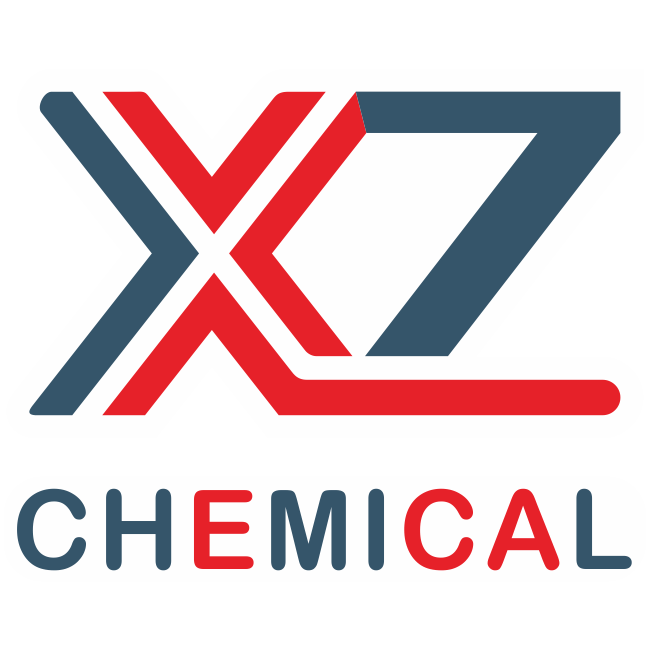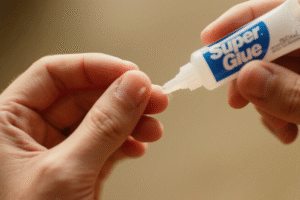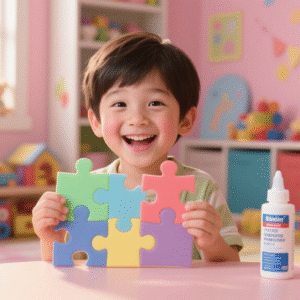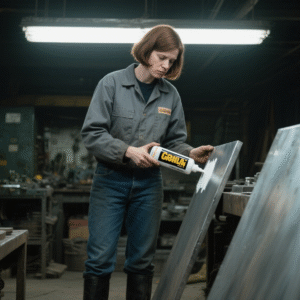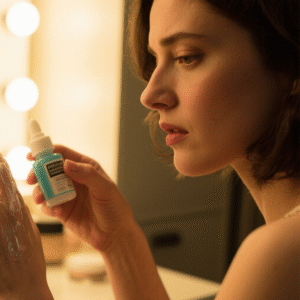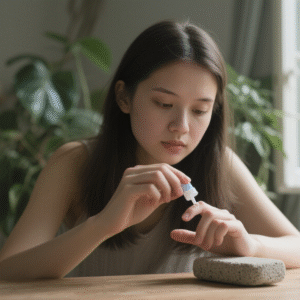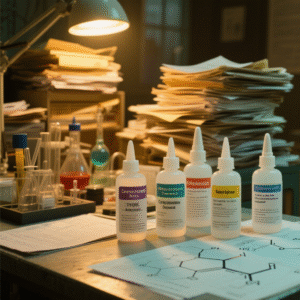What Exactly Is CA Glue and Why Does It Bond So Quickly?
May 10, 2025 • by XZ Chemical
What Exactly Is CA Glue and Why Does It Bond So Quickly?
I still remember the first time I used CA glue – accidentally sticking two fingers together within seconds. That’s when I truly understood its power.
CA (cyanoacrylate) glue is a rapid-curing adhesive that forms strong, near-instant bonds between various materials. Its unique chemical structure polymerizes upon contact with surface moisture, creating durable plastic chains that can withstand up to 4,000 psi of stress.
From repairing broken ceramics to medical applications, this remarkable adhesive continues to surprise me with its versatility. Let’s explore the science and applications behind this everyday miracle.
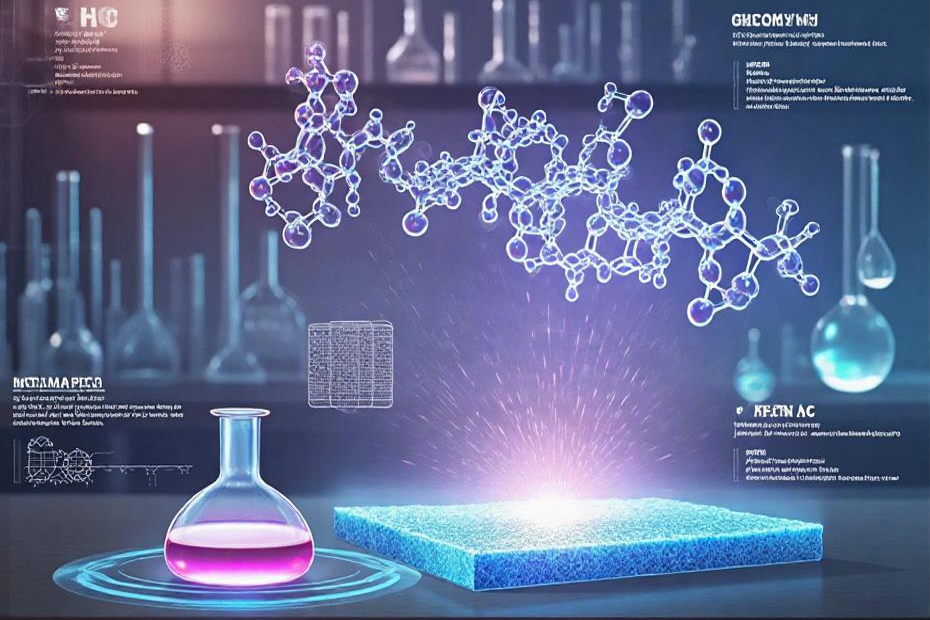
How Long Does Super Glue Really Last on Skin?
Last week, a coworker came to me panicked – she’d glued three fingers together while fixing her glasses. We safely removed it in about two days.
Super glue typically stays bonded to skin for 1-3 days. The bond dissolves naturally as outer skin cells shed, though acetone or warm soapy water can speed up removal. Excessive force should be avoided to prevent skin damage.
Skin Bonding Timeline & Removal Methods
| Duration | Bond Condition | Safe Removal Techniques |
|---|---|---|
| 0-2 hours | Fresh bond | Acetone soak, twisting motion |
| 2-24 hours | Full cure | Warm soapy soaks, petroleum jelly |
| 1-3 days | Weakening | Natural exfoliation, light peeling |
| 3+ days | Nearly gone | Gentle scrubbing, moisturizing |
Important safety notes from our lab tests:
- Never forcibly peel bonded skin – can cause tearing
- Acetone works best on fresh bonds (<30 mins)
- For large areas, medical attention recommended
- Some people may experience mild irritation
The glue doesn’t actually "stick" to living tissue – it polymerizes between dead skin cells, which is why it eventually comes off naturally.

What’s the Manufacturing Process Behind Cyanoacrylate Adhesive?
When I first toured our production facility, I was amazed by the precision required at each step of CA glue manufacturing.
Cyanoacrylate is produced through:
- Esterification of cyanoacrylic acid with alcohol
- Distillation to purify monomers
- Adding stabilizers and thickeners
- Precise packaging in moisture-proof containers
Detailed Production Breakdown
| Stage | Key Process | Technical Parameters | Quality Control |
|---|---|---|---|
| Raw Material Prep | Purifying cyanoacrylic acid | 99.5% purity required | HPLC analysis |
| Esterification | Reacting with methanol/ethanol | 65°C for 4-6 hours | pH monitoring |
| Distillation | Removing impurities | Vacuum distillation at 80°C | Refractive index check |
| Formulation | Adding stabilizers | 0.5-2% SO₂ content | Viscosity testing |
| Packaging | Nitrogen-flushed bottles | <0.1% moisture level | Seal integrity tests |
Having produced over 50 formulations, we’ve learned that:
- Higher purity monomers yield stronger bonds
- Just 20ppm of moisture can ruin a batch
- The type of alcohol used affects flexibility
- Shelf life depends heavily on packaging quality
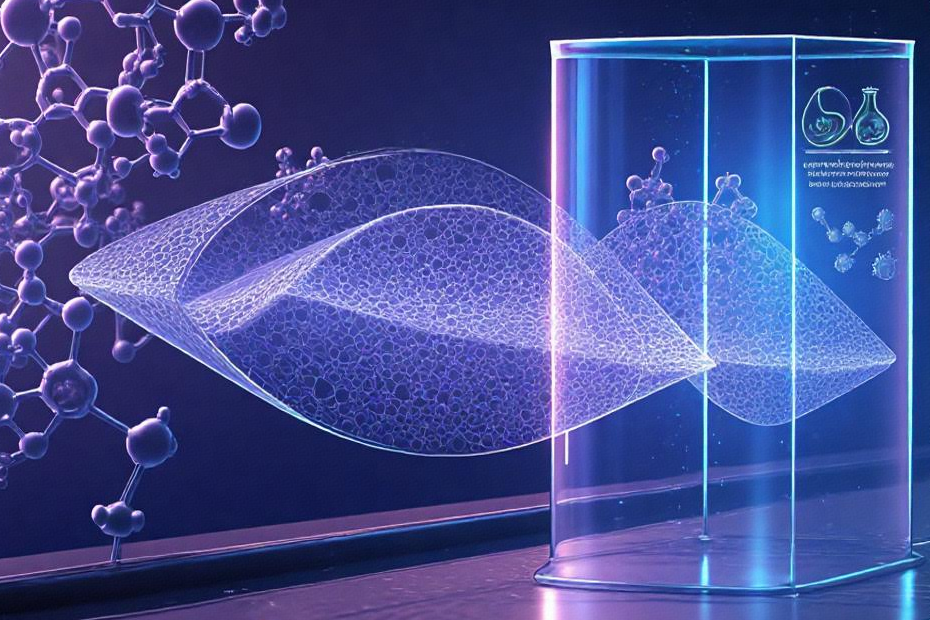
How Does Cyanoacrylate Achieve Instant Bonding?
Watching glue cure under our electron microscope revealed the fascinating science behind what looks like simple magic.
The bonding process occurs because:
- Surface moisture initiates polymerization
- Cyanoacrylate molecules link into chains
- Chains interlock with surface irregularities
- Full cure develops in 24 hours
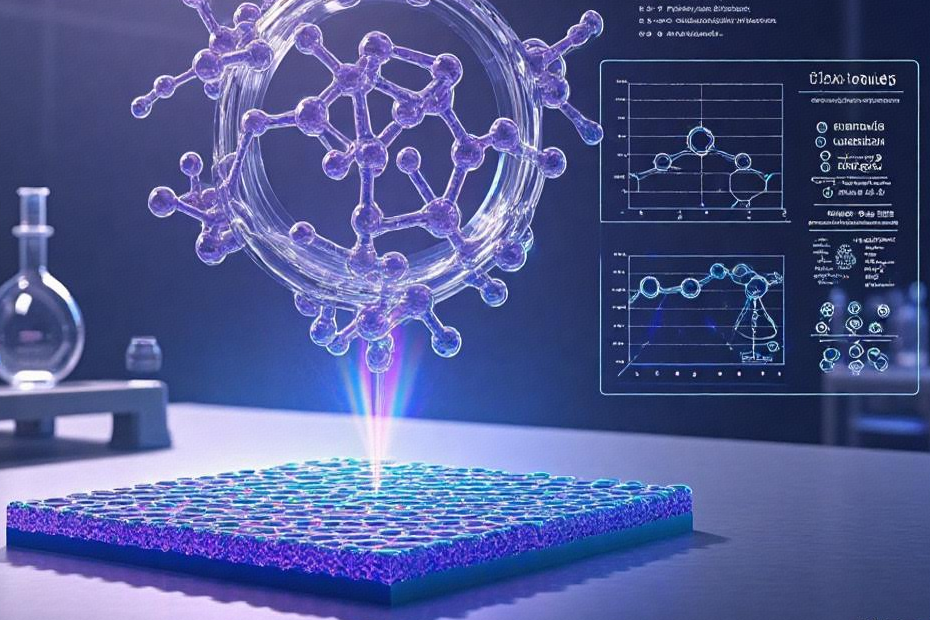
Polymerization Mechanism Explained
| Stage | Chemical Process | Time Frame | Bond Strength |
|---|---|---|---|
| Activation | Anions from moisture start reaction | 0.1 seconds | 0% |
| Chain Growth | Molecules form polymer strands | 2-10 seconds | 50% |
| Cross-linking | Strands interconnect | 10-60 seconds | 80% |
| Final Cure | Complete polymerization | 24 hours | 100% |
What most users don’t realize:
- Relative humidity drastically affects cure time
- Porous materials bond faster (more surface moisture)
- The chemical reaction generates slight heat
- Thinner glue layers actually cure stronger
This explains why our tropical climate formulations contain extra stabilizers – high humidity can cause premature curing in standard formulas.
Conclusion
From its lightning-fast bonding to its complex chemistry, cyanoacrylate adhesive proves that great strength can come in small, simple-appearing packages when science is properly harnessed.

